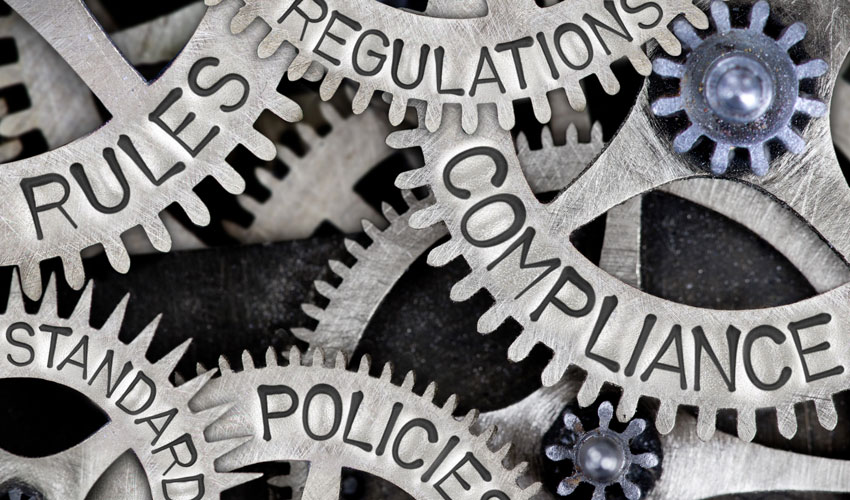CGA’s March & April 2021 Safety Publications (New Releases & Revisions)
May 27, 2021
During March and April 2021, the Compressed Gas Association (CGA) issued the following revised safety standards and guidelines:
CGA C-20, Requalification Standard for Metallic, DOT and TC 3-Series Gas Cylinders and Tubes Using Ultrasonic Testing
Released: April 19, 2021 (3rd Edition)
This standard identifies and describes the various acceptable ultrasonic testing (UT) methods (also known as ultrasonic examination [UE] methods) that may be used in place of internal visual inspection and hydrostatic requalification methods used to examine certain metallic, U.S. Department of Transportation (DOT)/Transport Canada (TC) 3-series gas cylinders and tubes as mandated by Title 49 of the U.S. Code of Federal Regulations (49 CFR) and TC’s Transportation of Dangerous Goods Regulations, and cylinders manufactured under certain DOT special permits or TC equivalency certificates.
In addition, CGA C-20 specifies the allowable flaw acceptance/rejection criteria to be used. This standard may also be applied to other seamless steel and aluminum alloy cylinders and tubes when authorized by the regulatory authority.
CGA G-5.5, Standard for Hydrogen Vent Systems
Released: April 14, 2021 (4th Edition)
Special Attribute: Referenced by NFPA (National Fire Protection Association)
This publication provides information for personnel who design, install, and maintain hydrogen vent systems.
CGA G-5.5 provides design guidelines for hydrogen vent systems used in gaseous and liquid hydrogen systems at user sites and provides recommendations for safe operation of these vents. It begins at the discharge port of safety devices and other components that control the release of hydrogen and ends at the point where hydrogen concentration in the atmosphere is below the lower flammable limits. It also provides information on the production, transportation, handling, and storage of compressed hydrogen, cryogenic liquid hydrogen, and related products.
Additional information on hydrogen can be found in CGA G-5, Hydrogen, CGA G-5.4, Standard for Hydrogen Piping Systems at User Locations, and the CGA Handbook of Compressed Gases.
To learn more about this hydrogen safety standard, see our article, CGA’s G-5.5 Publication Provides Methods for Safe Venting of Hydrogen.
CGA M-11, Guideline for Compliance with the Quality Systems Approach to Current Good Manufacturing Practices
Released: March 15, 2021 (3rd Edition)
This publication is intended to help manufacturers implement modern quality systems and risk management processes and to incorporate quality by design principles that meet the current good manufacturing practices (CGMP) requirements in Title 21 of the U.S. Code of Federal Regulations (21 CFR) Parts 210, 211, 820. An effective quality system helps to ensure compliance to guidance and regulation.
CGA M-11 provides guidance on how a medical gas, device gases, and device manufacturers can implement the quality systems approach to meet requirements of 21 CFR Parts 210, 211, and 820.
CGA P-22, Guideline for the Responsible Management and Disposition of Compressed Gases and their Cylinders
Released: March 15, 2021 (4th Edition)
The information in this publication is intended for use by customers, shippers, carriers, distributors, safety and environmental administrators, and others desiring an introductory knowledge of the subject. Anyone requiring more detailed or specialized information should consult their compressed gas supplier.
The purpose of CGA P-22 is to increase awareness of important safety and environmental issues regarding the proper handling, transportation, and disposition of cylinders and cylinder contents for the following conditions:
- cylinders containing unknown or potentially contaminated contents
- cylinders of questionable integrity
- cylinders destined for decommissioning
CGA P-57, Avoidance of Failure of Steel Cylinders Containing Carbon Monoxide and Carbon Monoxide/Carbon Dioxide Mixtures
Released: March 22, 2021 (3rd Edition)
Special Attribute: Harmonized publication
This publication covers the selection of gas cylinders including seamless, welded, and non-refillable cylinders, used for carbon monoxide and carbon monoxide/carbon dioxide mixtures, e.g., laser gases. For purposes of this publication, cylinder(s) also means tubes unless otherwise stated.
CGA P-65, Guideline for Supplemental Information for Safety Data Sheet Hazard Communication
Released: April 12, 2021 (2nd Edition)
This publication was prepared to provide supplemental information for the preparation of safety data sheets (SDSs) to meet requirements in Title 29 of the U.S. Code of Federal Regulations (29 CFR) Part 1910.1200, the U.S. Occupational Safety and Health Administration’s Hazard Communication Standard, which follows the Globally Harmonized System of Classification and Labelling of Chemicals (GHS).
CGA V-6, Standard Bulk Refrigerated Liquid Transfer Connections
Released: March 15, 2021 (7th Edition)
Special Attribute: Referenced by NFPA (National Fire Protection Association)
Liquid and vapor transfer connections for the industrial gases (Argon, Carbon Dioxide, Liquefied Natural Gas, Nitrogen, Nitrous Oxide, Oxygen) are specified in this standard. An obsolete/limited standard flanged connection system for oxygen, nitrogen, and argon is also specified.
The specified connections are intended for use with liquid transport equipment, such as: cargo tanks, portable tanks, and railway tank cars, but do not apply to barges and marine tankers. Termination points at liquid production plants and on stationary storage vessels that directly interface with this transport equipment are also included.
The connections in this standard are intended for use exclusively with the specified products.


